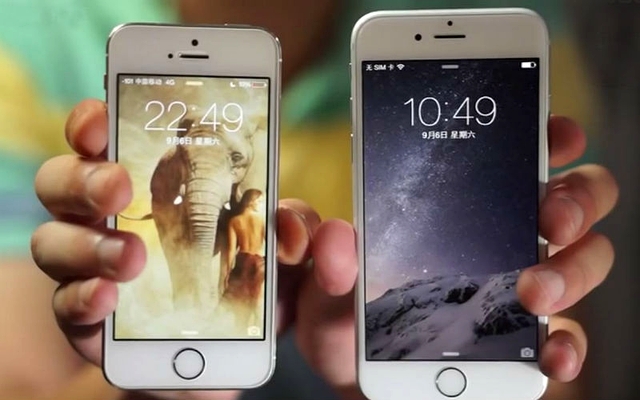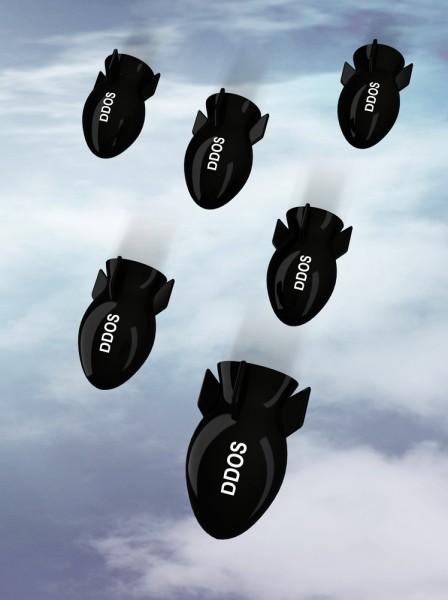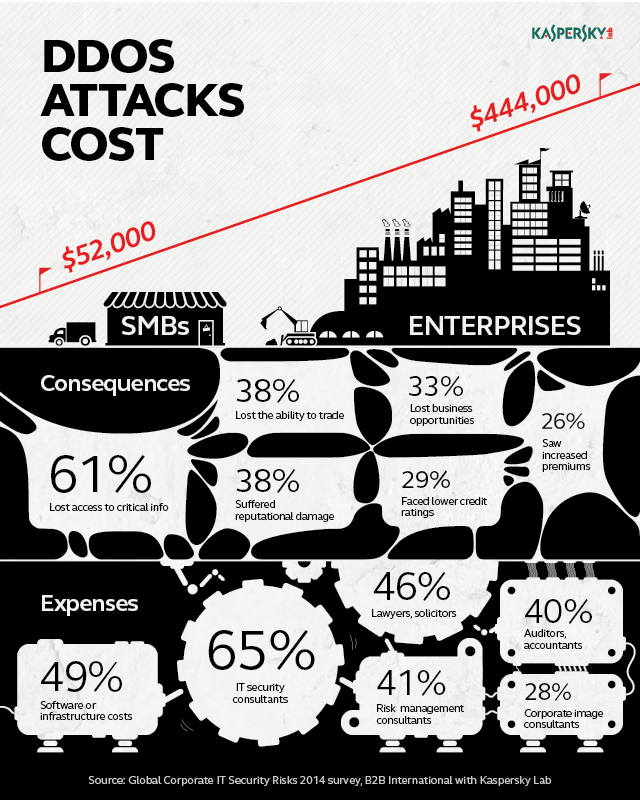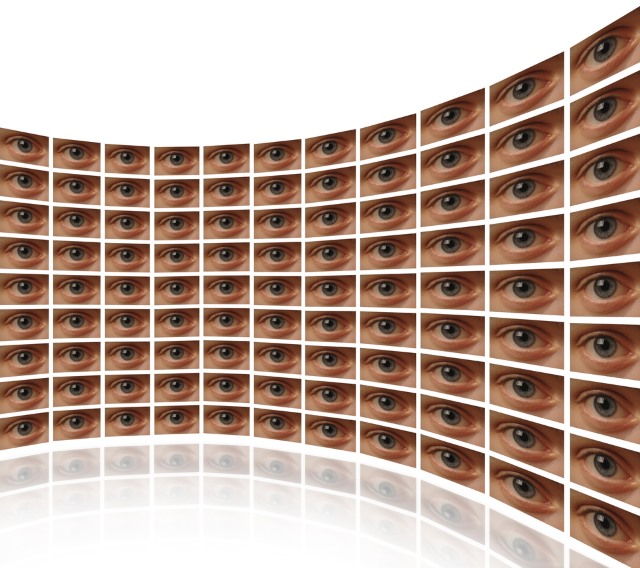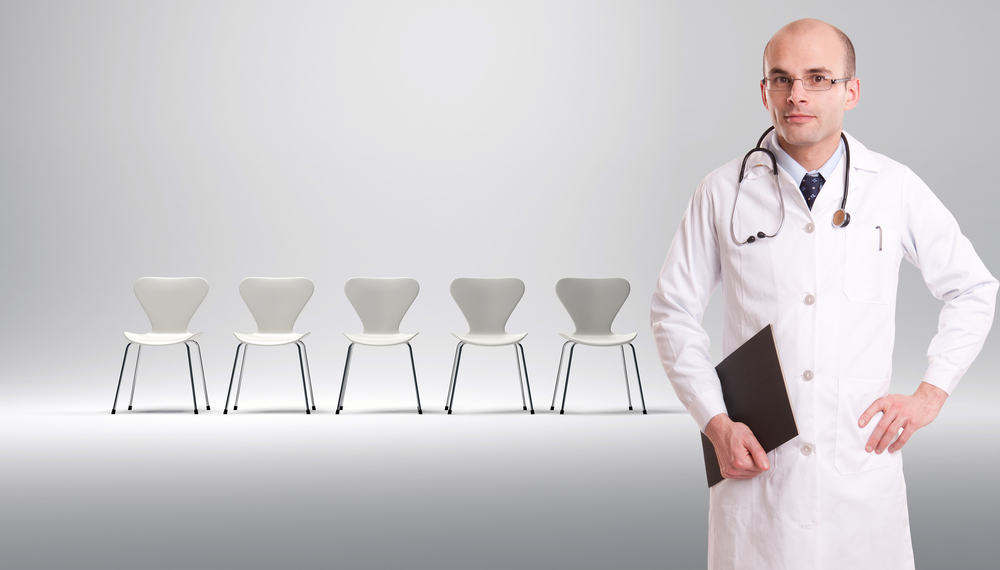
One of the biggest trends of this year's CES was the "Health of Things", with wearable technology increasingly being connected to healthcare in order to enhance users' lives.
I spoke to health tech specialist Nudge about what exactly the "Health of Things" means to the general consumer and the impact it's having -- and will have -- on the tech and healthcare industries.
BN: What is the "Health of Things"? What role does Nudge play in this?
N: Like the Internet of Things, where a car can interact with a home or with a kitchen appliance, the Health of Things will allow healthcare systems to connect and interact with data from wearables, lifestyle apps and health trackers. This idea of the Health of Things, where devices, data, health professionals and patients are all connected and interacting, has the potential to disrupt the healthcare space.
All of the data being collected by connected devices can provide real value to healthcare providers. The idea behind the Heath of Things is to unlock and analyze this data in an actionable way that can lead to a faster and more accurate diagnosis; saving doctors time, hospitals money, and providing patients with a more holistic view of their health.
The notion of the Health of Things supports what we’re striving to achieve with the Nudge ecosystem -- the ability to leverage health data in a way that is more consumable and formatted right out of the box for professional use. Our hope is that through our ecosystem we can create our own Health of Things and connect all the players -- consumers, health professionals and data.
BN: How are connected devices and mobile apps enhancing consumers' lives?
N: Wearables and health apps like Nudge provide consumers with more access and insight into their lifestyle information, such as sleeping patterns, hydration levels and fitness activity.
This enables consumers to see and understand their lifestyle patterns and begin to make changes that result in positive behavioral changes. For example, someone using Nudge can see how their activity levels and diet compares to someone within their age group and with the same gender. By being able to compare themselves to people within the same demographic, users can have a better understanding of where they need to be health-wise and make changes.
This falls in line with the idea of "patient engagement". As connected devices and mobile apps allow consumers to have a better understanding of their health, in turn they’ll be more accountability over their behaviors.
BN: How will increased connectivity change the business of health and fitness?
N: Increased connectivity among consumer technologies will help streamline data flow into other facets of healthcare, potentially leading to optimization along the chain. The consumer market has suffered due to severe fragmentation and lack of HIPAA compliant options that can truly engage users. By increasing connectivity and normalizing data from the array of market sources, professionals will potentially be able to better manage larger populations and provide dedicated care to those possibly flagged from wearables and other smart devices.
We are already starting to see a new form of care develop on the fringes of the consumer space, where users can seamlessly connect with doctors and coaches through messaging and telemedicine. These tools reduce inefficiencies by helping consumers get almost immediate guidance on minor ailments from a professional without creating more strain on physicians and ERs.
BN: Will wearables and health tracking tools be able to replace a trip to the doctor's office?
N: It is certainly possible that wearables could alleviate the need for some follow up visits, but we're not nearly there yet. However, there is something to be said about the enormous value that the myriad wearable technologies already on the market today can add to the existing healthcare infrastructure.
Popular fitness wearables have helped empower and motivate the consumer to take control of their own everyday wellness. The data the wearables and connected devices produce, from exercise habits to biometric details, can be compiled and organized to provide health professionals deeper insights with a fraction the time and effort. In interconnected networks they can alert health professionals that there may be a reason to touch base with a patient, or even alert them of a potential emergency. Whether it's a life-saving intervention or the added support of a timely touchpoint, both patient outcomes and satisfaction can be improved, and that's a big deal.
BN: What needs to happen to all the data being collected in order to provide real value to health professionals and help drive patients' decisions?
N: The landscape is changing in our favor as more data sets are being unlocked that go beyond the number of steps a person takes, such as heart rate and blood pressure. The question for most professionals now becomes how do we begin leveraging this data being captured by consumer technologies and incorporate it into the care model in a HIPAA-compliant manner? It's no easy task, so it's likely that the market will witness multiple players stepping forward to normalize and structure data for better use in healthcare, and potentially for very specific segments.
Most underestimate the fact that access to the data is only part of the issue at hand, and it's critical that the data can be aggregated and presented in a way that is digestible for all parties involved. Physicians are not data scientists, and don't have the time to parse through raw data sets to unlock meaning. We certainly shouldn't remove professionals out of the equation, but the likelihood of adoption relies heavily on format simplicity ensuring that a professional can quickly understand the insights from the data in order to diagnose and provide feedback to their patients or clients.
These trends all support what we are striving to achieve with the Nudge ecosystem, leveraging consumer health data in a way that is HIPAA compliant and normalized, meaning that it is formatted in a way that streamlines the data flow from consumer to provider to payer. This way, Nudge creates a smarter system where entities along the chain are privy to insights.
BN: Why is HIPAA-compliancy a major concern for consumers when it comes to the "Health of Things"?
N: In general, there is rising awareness on behalf of consumers to protect their privacy. This extends to the health tracking space as well. With the Health of Things, as devices become increasingly connected, consumers want to be sure that their personal health data is being protected as it’s shared from platform to platform.
By becoming HIPAA complaint, companies and organizations signal to consumers that they’re following the appropriate safeguards (technical, administrative, physical) to ensure a user's data is safe.
Nudge is an example of this. All of its connected platforms from Nudge to Nudge Coach are fully HIPAA compliant signaling to users’ that the company has taken the extra steps to protect their health information as it's being shared from platform to platform.
Photo credit: Franck Boston / Shutterstock
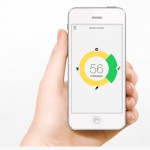 Nudge is a health and technology company that collects and sorts data from the most popular health and fitness apps on the market. The HIPAA- compliant company was founded in 2012, and has seen great success in over 120 countries. Nudge recently released its second product, Nudge Coach, a tool that analyzes consumers' wearable data for health and fitness professionals.
Nudge is a health and technology company that collects and sorts data from the most popular health and fitness apps on the market. The HIPAA- compliant company was founded in 2012, and has seen great success in over 120 countries. Nudge recently released its second product, Nudge Coach, a tool that analyzes consumers' wearable data for health and fitness professionals.



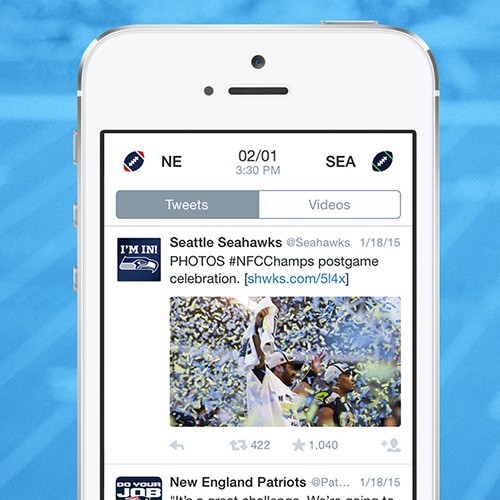


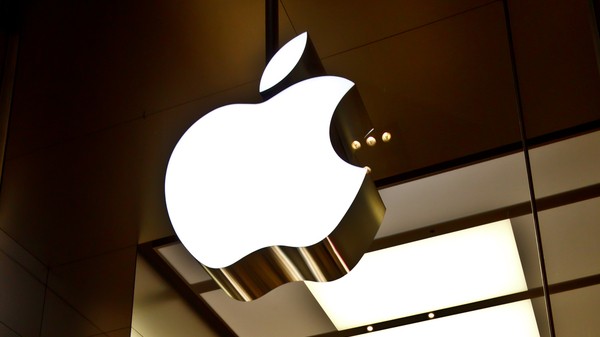

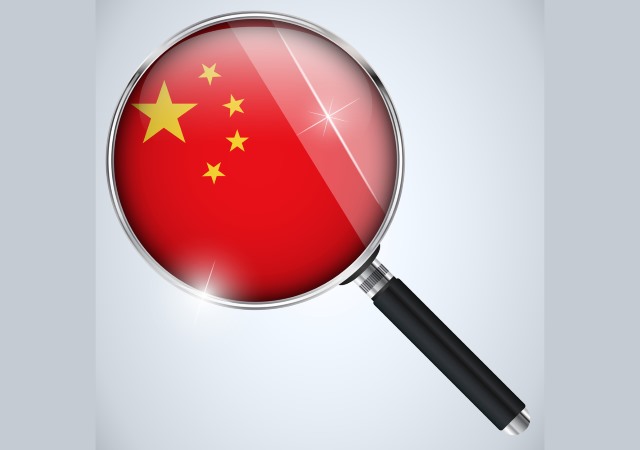
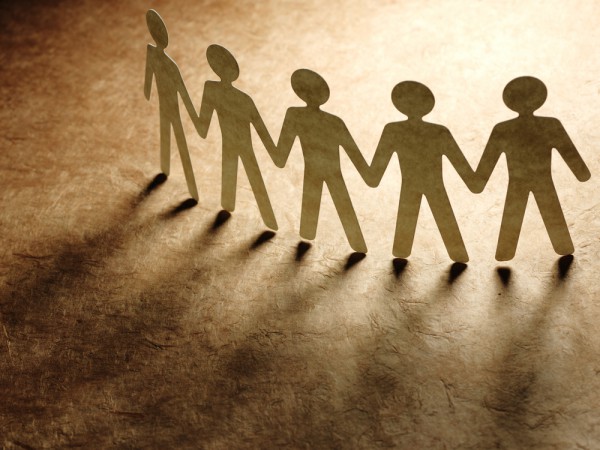

 Nudge
Nudge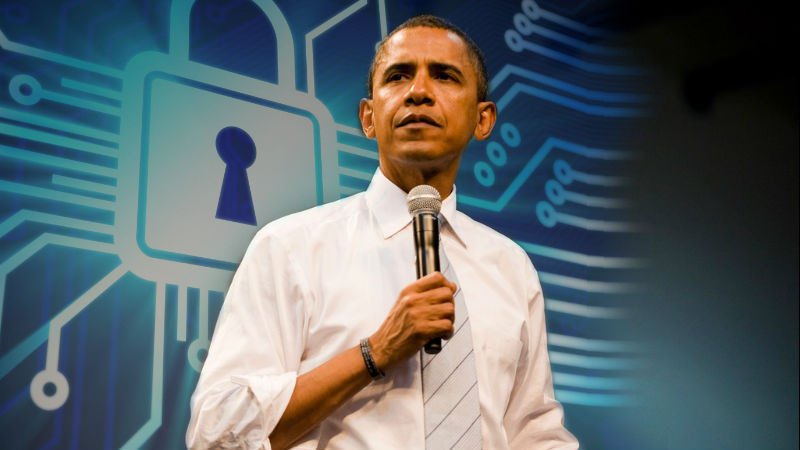
 In his role as partner with
In his role as partner with 